The Ultimate Guide to Blue Flowers
Blue flower FAQs & fun facts
There aren’t truly ‘blue’ flowers!
Plot twist! Flowers don’t actually make blue pigment, they use a tricksy mix of other chemicals to create a blue tone. It one of the reasons a lot of ‘blue’ flowers are actually closer to purple. It means the horticulture industry has long tried to breed a true blue flower, and in the meantime will dye flowers instead (if you spot a suspiciously vibrant blue bloom, chances are it’s a dye job!) You can find out more about the science of blue flowers in this great piece by Tom Oder.
Why do hydrangeas go blue?
We’re big fans of hydrangeas at Interflora, they make such a statement in the vase. And the way their colours emerge is a little bit magical, it all comes down to the soil they’re grown in. Think of them like a floral pH test: if the soil is alkaline you’ll get pink or red flowers, if it’s acidic you’ll get blue and purple flowers. Garden centers often sell hydrangea mixes to help gardeners grow the shade they’re after.
Over half the world’s populations of bluebells grow in the UK
You know spring has well and truly sprung (and is even giving way to summer) when all those glorious bluebells pop out filling woods (and Instagram feeds!) everywhere. But did you know that we’re spoilt for bluebells in the UK with over half of the world’s populations of these pretty blue flowers growing here. Good thing they’re protected by law, so don’t go digging one up or you’ll face a hefty fine.
When are blue flowers in season?
It all depends on the bloom, here are the blue flowers to look out for season by season. And remember some blue beauties won’t follow a strict seasonal guide, it all depends on the weather.
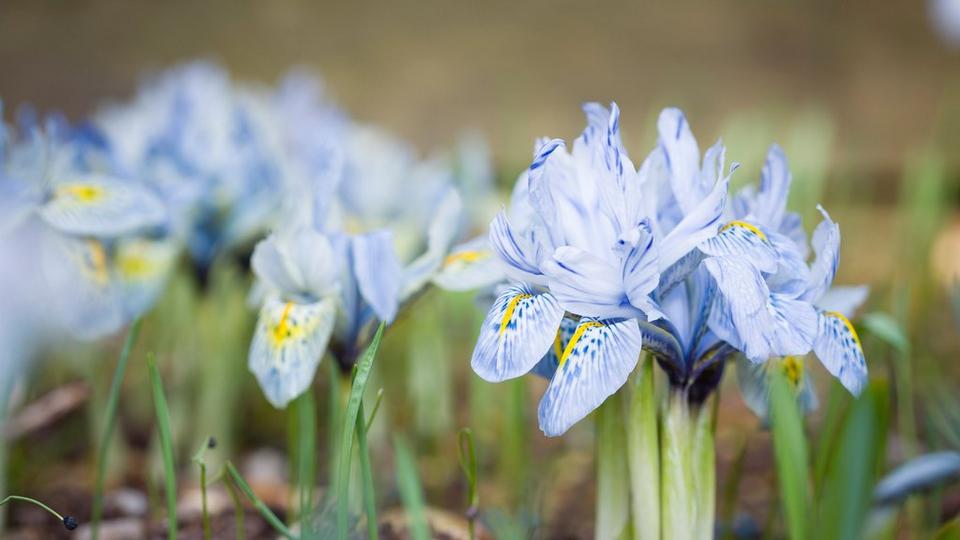
Spring
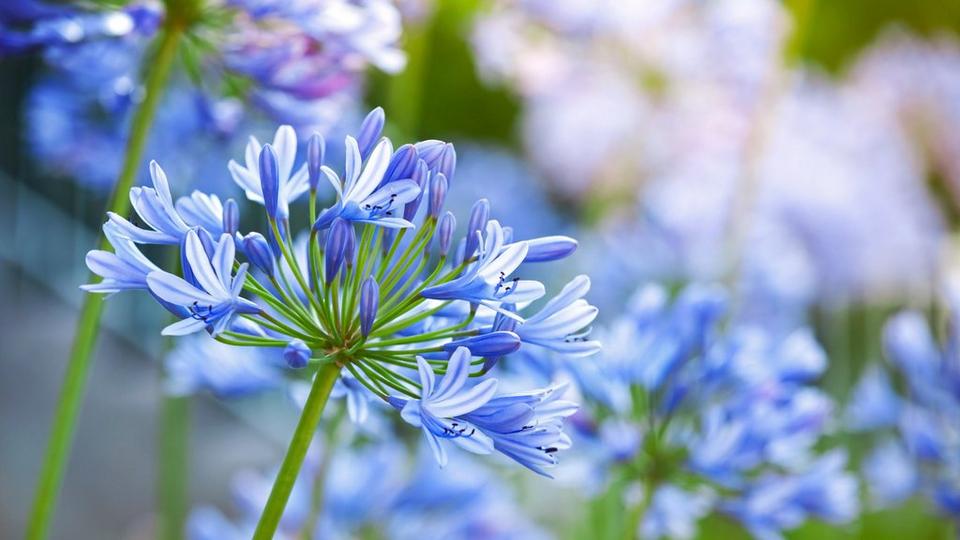
Summer
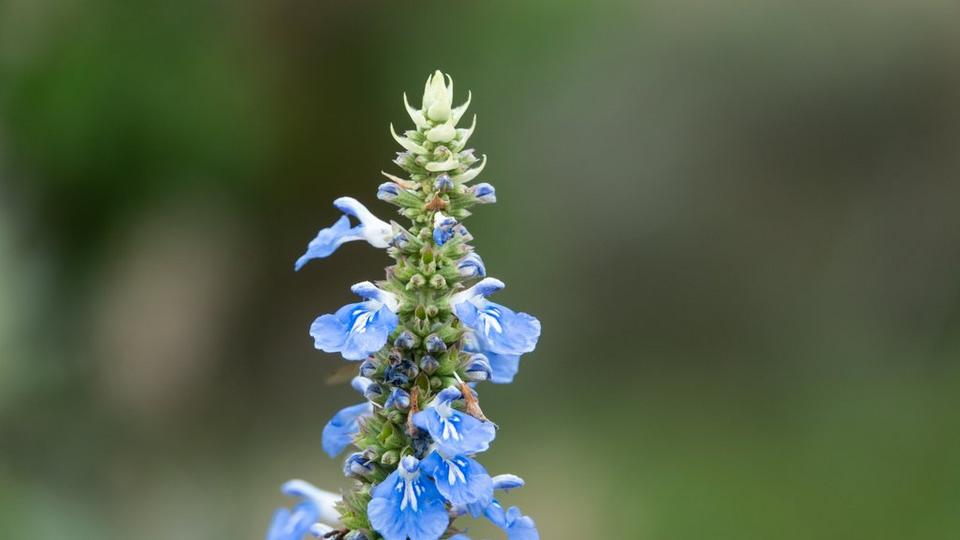
Autumn & Winter
Types of Blue Flowers
Here are some of our beautiful blue favourites.

Anemone (Windflower)
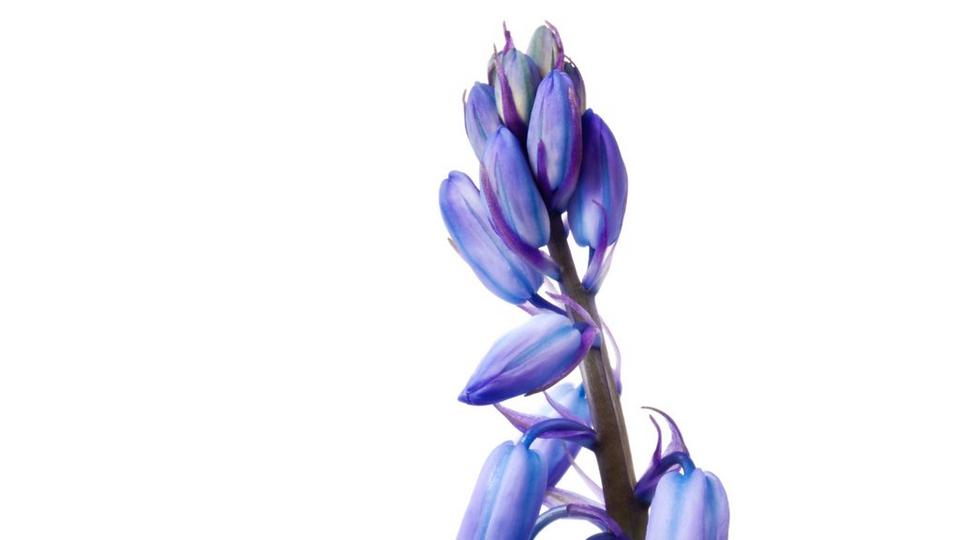
Bluebell (Hyacinthoides non-scripta)
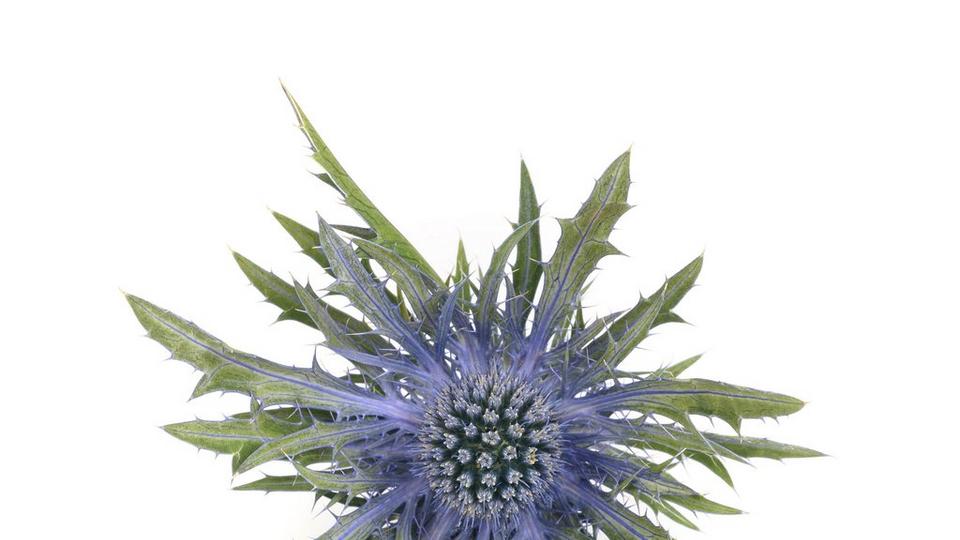
Eryngium (Sea Holly)
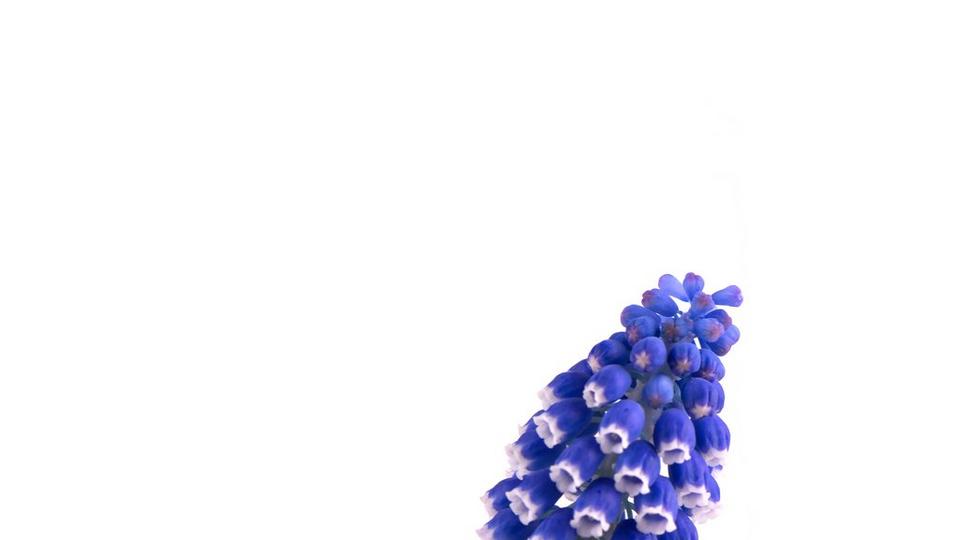
Hyacinth (Hyacinthus)
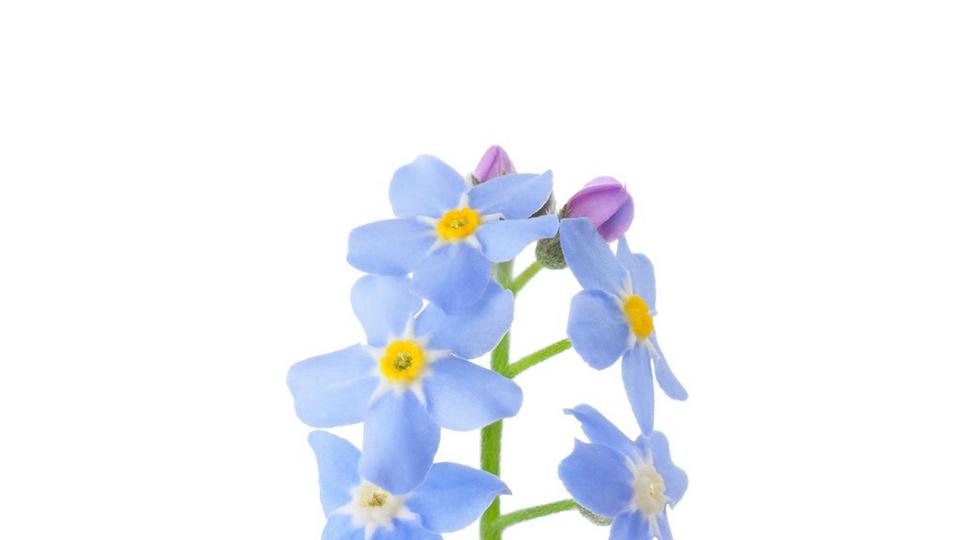
Myosotis (Forget-me-not)
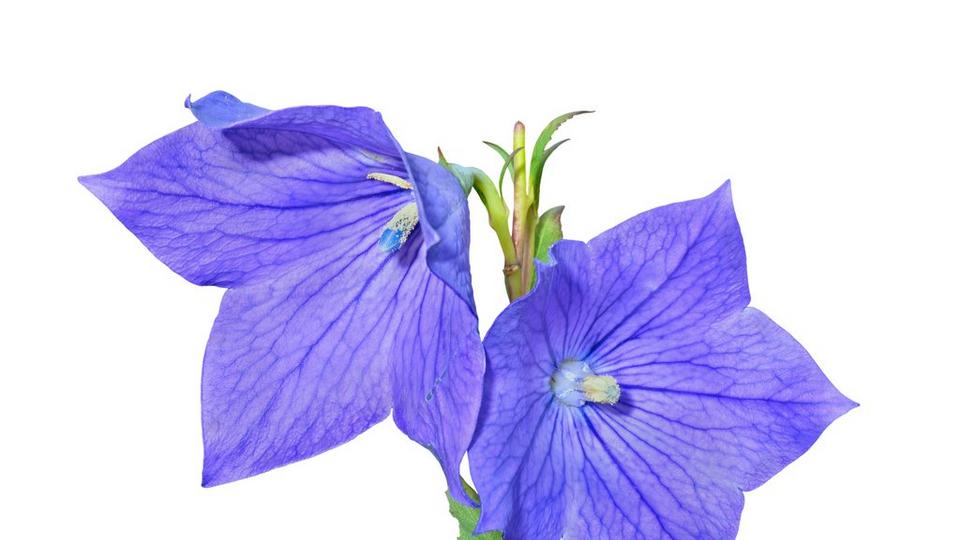
Balloon Flower (Platycodon grandiflorus)
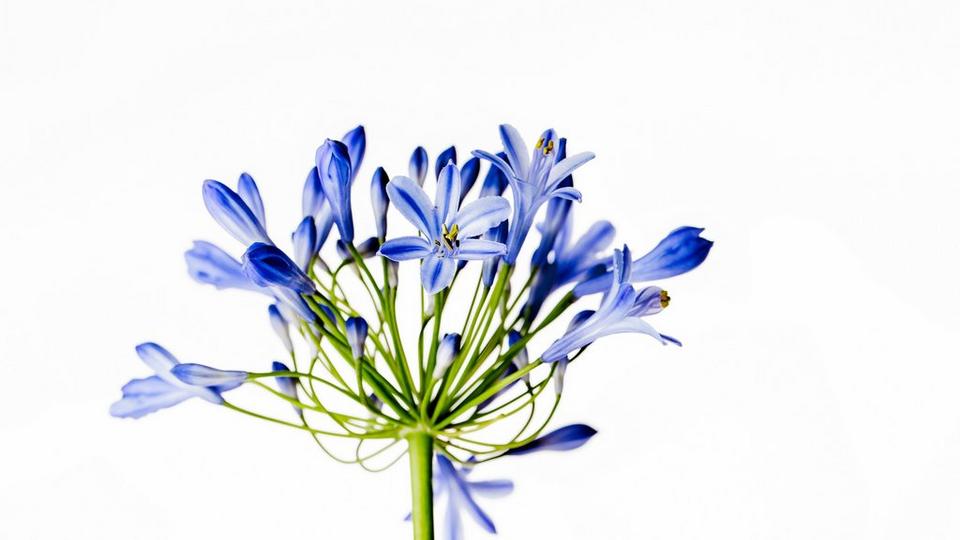
Allium (Flowering Onion)
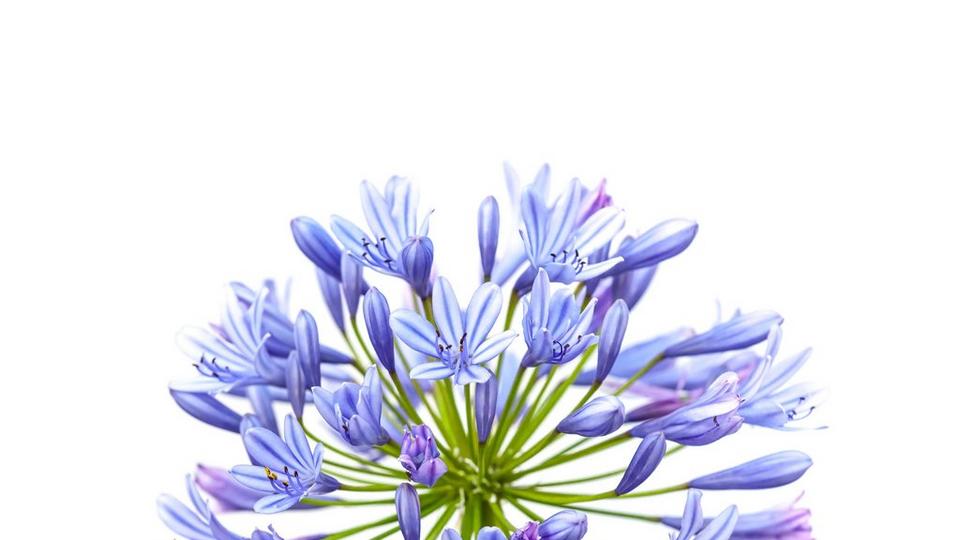
Agapanthus (African Lily)
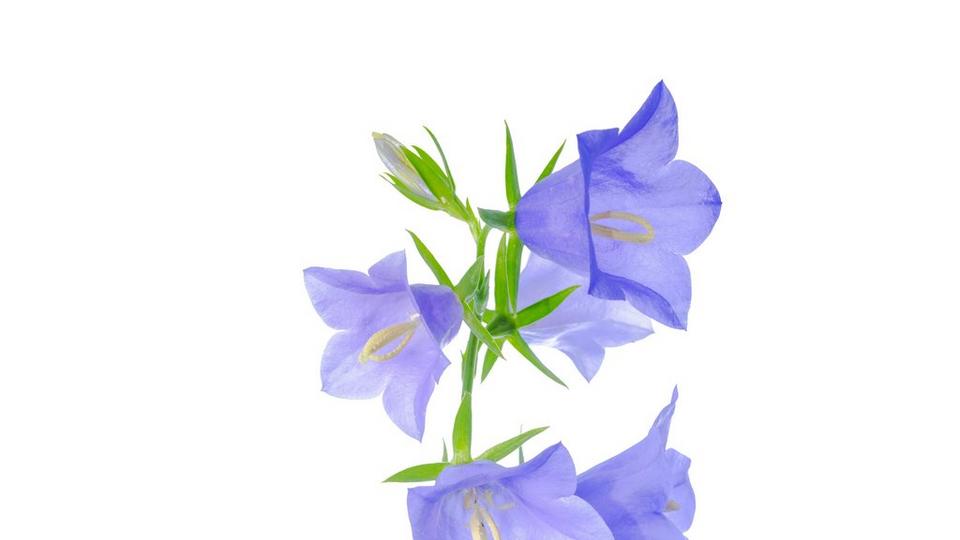
Campanula (Canterbury Bells)
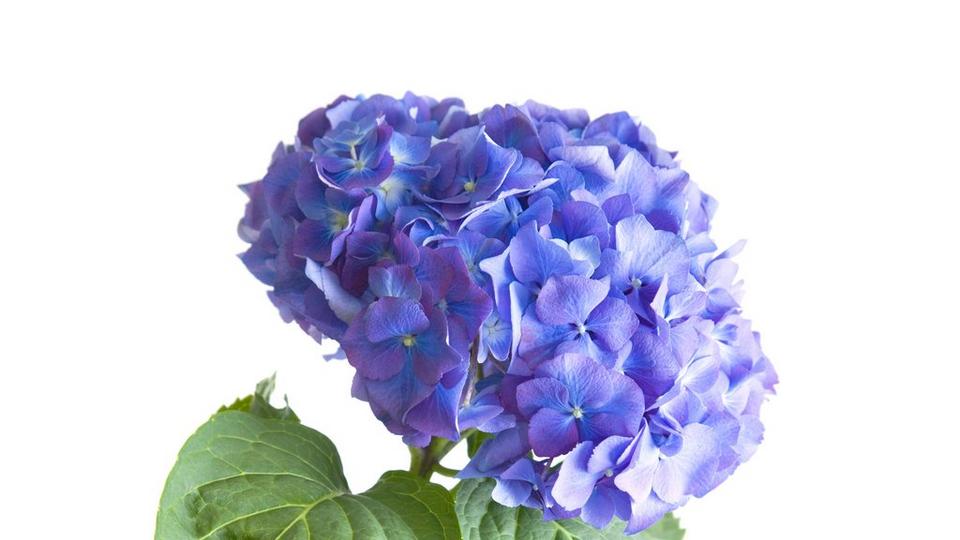
Hydrangea (Hydrangea Macrophylla)
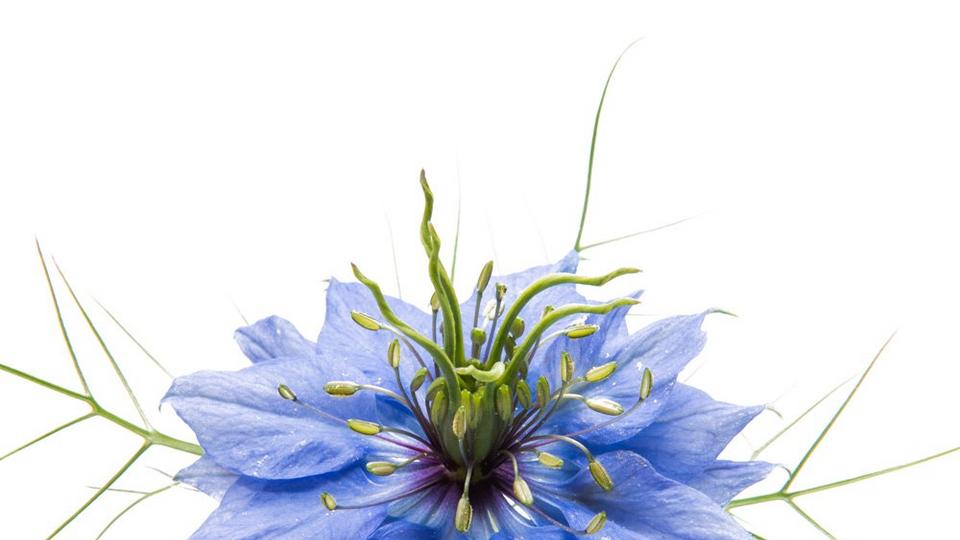
Nigella (Love-in-the-Mist)
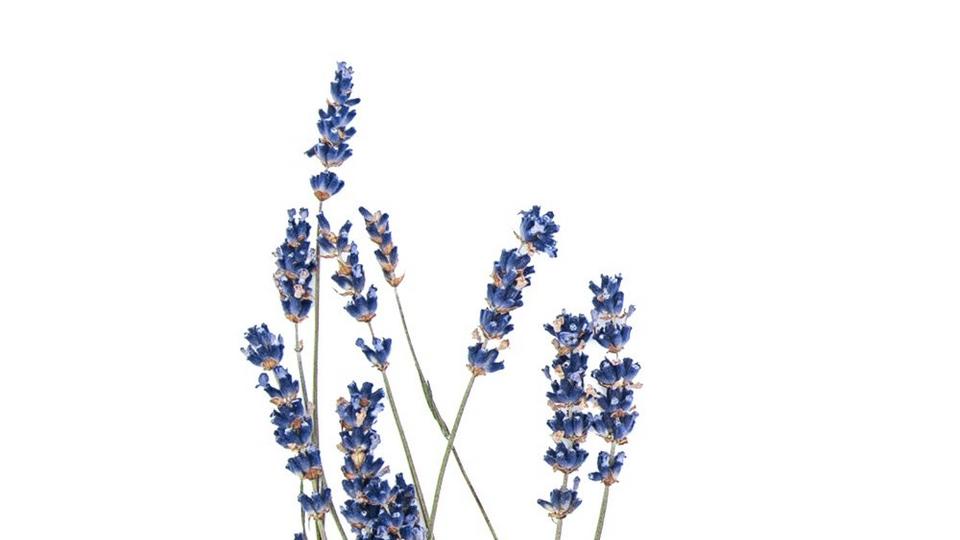
Lavender (Lavandula)
We’re blue in the face!
So we’ll stop talking (well, writing) now. We hope you found our all-you-need-to-know guide to blue flowers handy. Remember when you order a bouquet from us you can send over a special request to the florists about any colours or flowers you’d love in the bouquet, and they’ll do their best to help.
